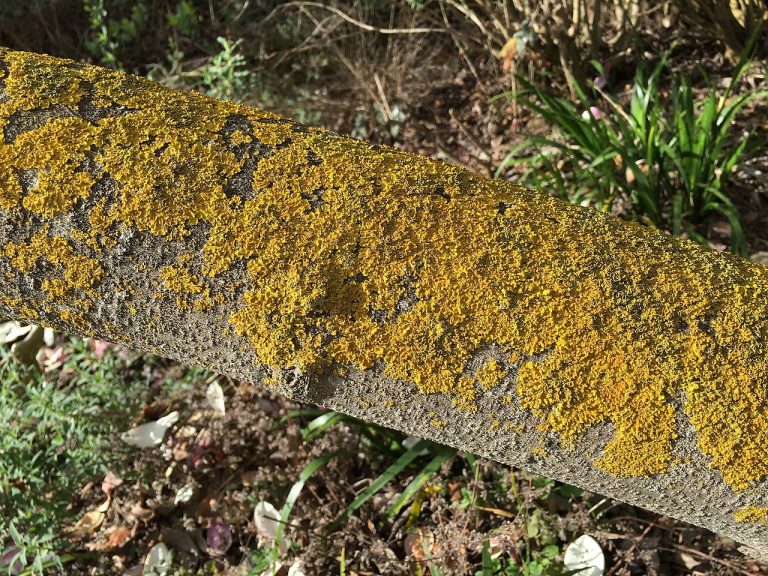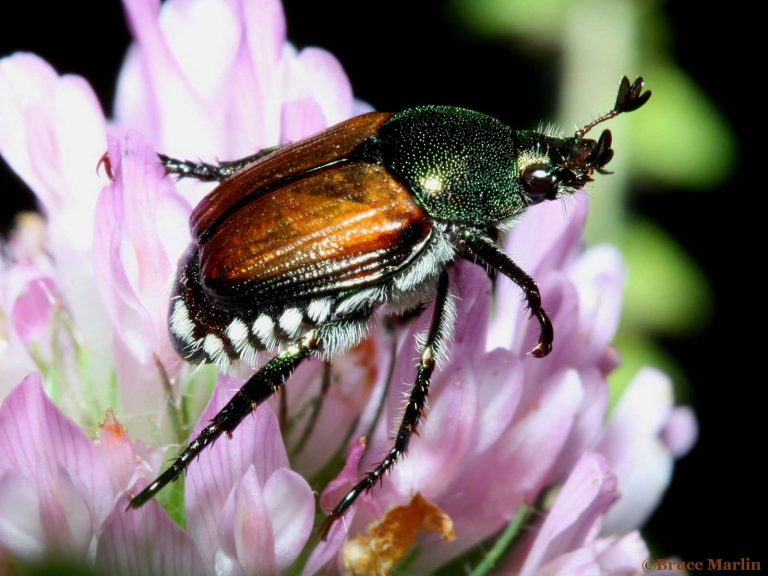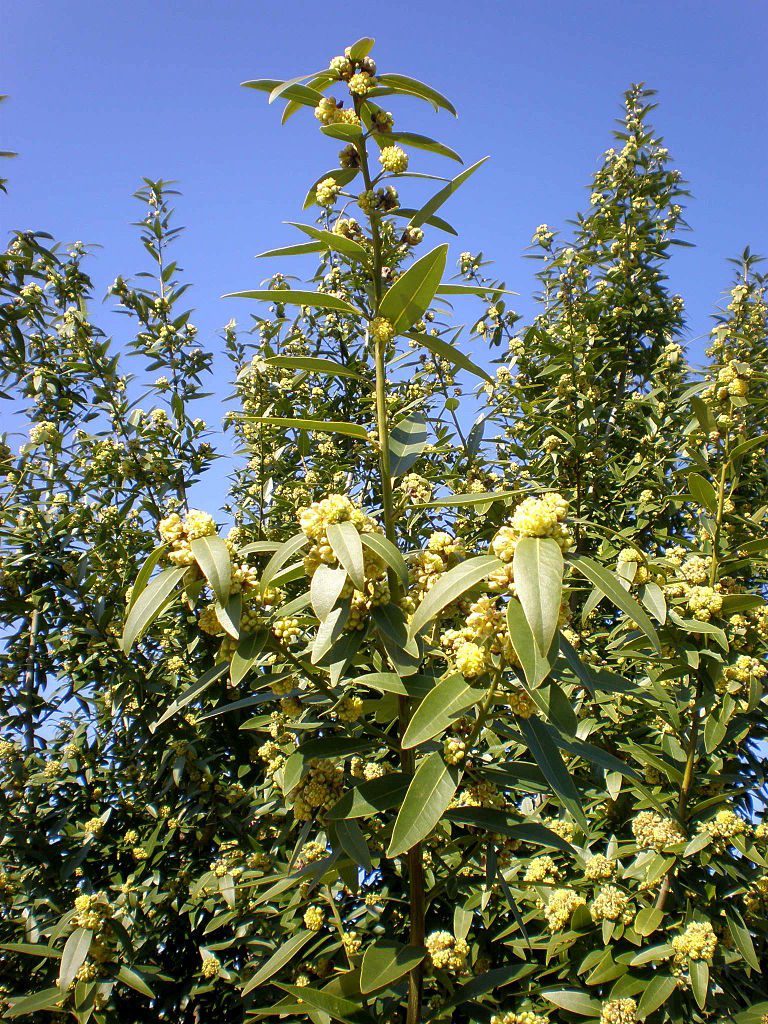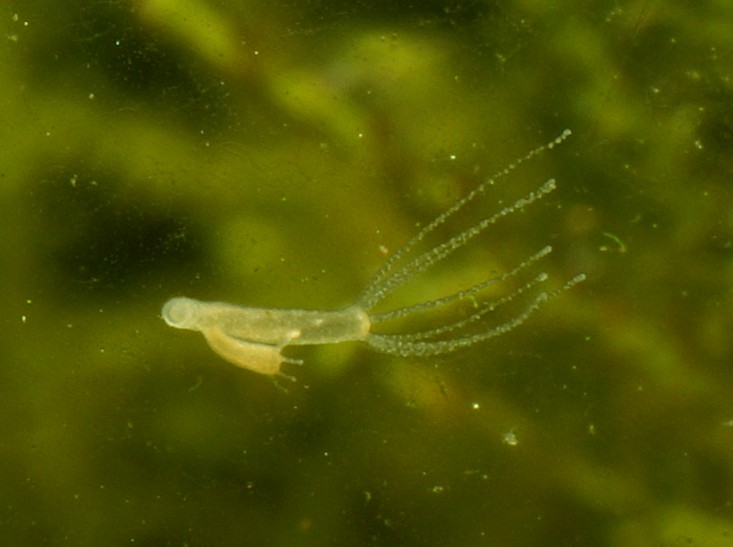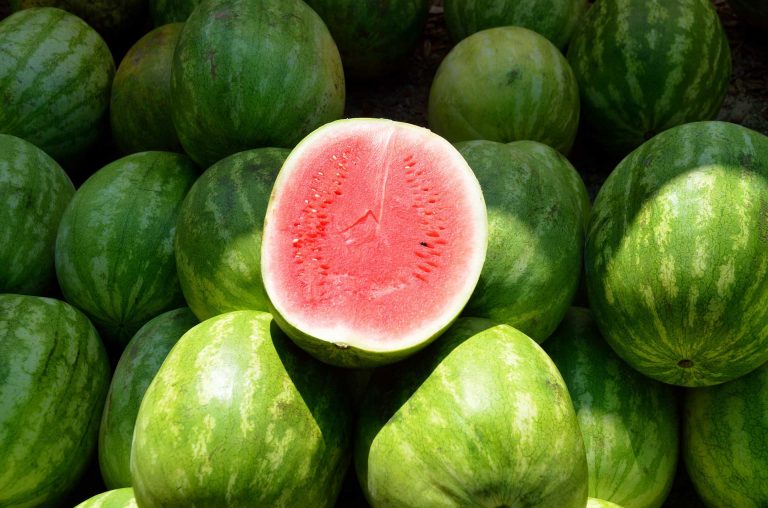Chrysanthemum – The Official October Month Flower In Ancient China
Scientific Classification
| Kingdom: | Plantae |
| (unranked): | Angiosperms |
| (unranked): | Eudicots |
| (unranked): | Asterids |
| Order: | Asterales |
| Tribe: | Asteraceae |
| Genus: | Inula |
| Species: | Chrysanthemum |
Chrysanthemums, is at times called as chrysanths or mums. These are flowering plants belonging to the group called Asteraceae. The genus Chrysanthemum naturally inhabits Northeastern Europe and Asia. A Majority of them have their origin from eastern Asia and their center of diversity is in China. Among these are 40 precious varieties. The number of cultivars and horticultural are vast.
Chrysanthemum landed in England in 1795 after 2,500 years of cultivation in ancient China where they were the October month official flower.
Anatomy
You get chrysanthemum in all sizes and shapes; their flowers vary from variety to variety. Even though you could earlier obtain chrysanthemum as tiny yellow colored flowers, you can now find them in red, pink, purple, white, green and so many other colors. The shapes of the flowers are global, round, button shaped and even daisy-shaped.
How to Cultivate Domestically
Preparation for planting
Chrysanthemums prosper when exposed to the sun; but adjust well in partial shade as well, particularly during the hot sun of the afternoon. Chrysanthemums prefer properly drained and enriched soil that you can supplement with compost and organic materials. For best growth, feed them at intervals of 4 to 6 weeks, with liquid fertilizers. While planting, append the soil with organic, slow releasing fertilizers like pelletized chicken manure. Follow the edicts of Chrysanthemum flower care for best results.
Planting
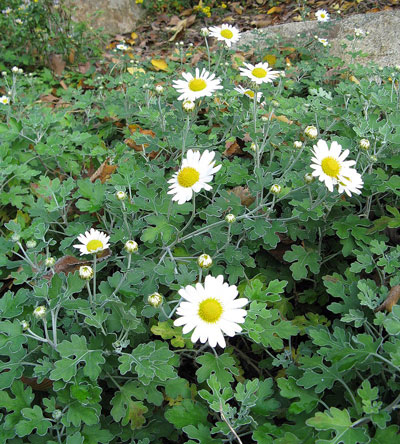
Photo by: KENPEI
By gradual exposure to the weather in the month of April, by placing them in a coldframe, accustom freshly proliferating tender plants to outdoor conditions. Plant your chrysanthemums in the middle of May when the fear of frost is over. Plant them 45 cm (18 in) apart. Select a sunny area with shelter. Amend the soil to perfection, by adding well decayed organic matter (homemade compost) during winter in a ratio of 10 kg to a square meter (25 lbs per square yard), or as a thumb rule, one or two buckets full in a square meter or square yard. Towards the end of April, using a fork, dress the soil with normal fertilizer {100 grams per Sq. m. Or 4 oz.sq. Yd) of Growmore or fish and bone. In the month of June lay a ‘top dressing’ of fertilizer rich in nitrogen for enhancing the growth {35 g. Sq. m. or 1 oz./sq.yd) of ammonium sulfate, and in the case of organic gardeners, use 70g. /sq.m. (2oz. Sq. Yd) of pellets of dry poultry manure.
Placement and Watering
The moment your Chrysanthemum buds start opening, make sure your plants are blooming irrespective of where you have placed your potted Chrysanthemums. Nevertheless the mums enjoy a long life and maximum blooming when located in sunny areas. Water the fresh plants thoroughly; never make them droop. Once set, give your mums weekly water of one inch.
Flowering Period
September-November.
After Bloom Care
Once the blooming of Chrysanthemum flower ceases, trim the plant back to eight inches and replant them in a properly drained soil in the ground. During the summer heat pinch back your mum plants to prevent the buds from forming, thereby the plant will grow bushy. Refrain from pinching the buds of your mum plant after Labor Day, and the Chrysanthemum in your ground will compensate you with their gorgeous fall colors for years.
As Cut Flowers
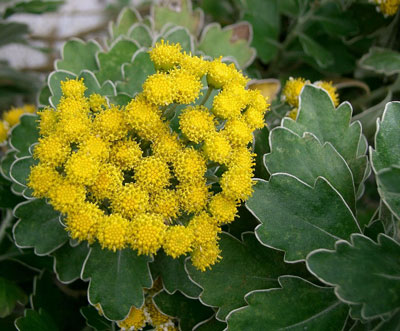
Photo by: KENPEI
Chrysanthemum flowers have a vase life of three weeks; they last long and are fresh as cut flowers in the vase. To keep the fresh flowers in the bunch, recut the stems every other day and replace the water often. Chrysanthemums grow in any ground-in perennial borders, at the front of shrubberies, or under roses; some dwarf forms look great in rock gardens. Under bright light, Chrysanthemums prosper indoors and also as potted plants.

Having discovered a fondness for insects while pursuing her degree in Biology, Randi Jones was quite bugged to know that people usually dismissed these little creatures as “creepy-crawlies”.


